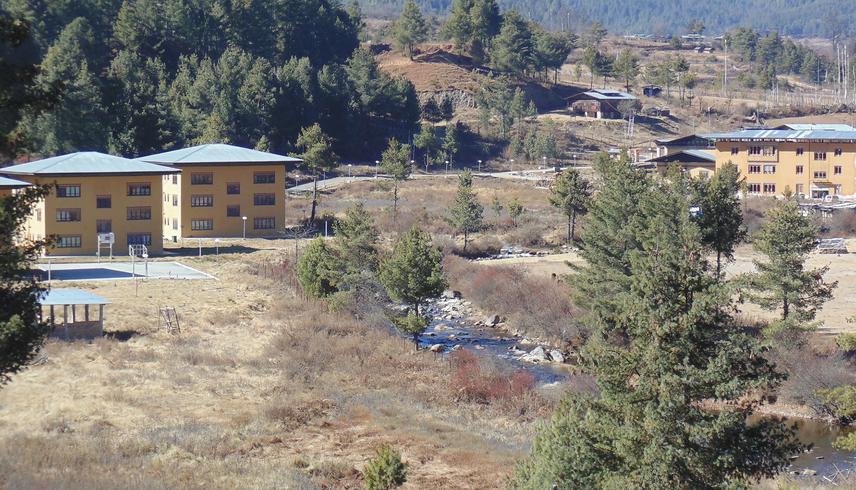Rinchen Namgay
The aims of the project are to accurately map the roosting and foraging habitats of Black- necked cranes wintering in Bhutan. And also to assess and report the conservation threats.

Rodhungthang—one of the former roosting habitats of BNC.
Black-necked Cranes (Grus nigricollis) is the only alpine cranes species and the last of the world's 15 cranes species to be discovered by the scientific community (ICF, 2012). The population of Black-necked cranes globally is estimated at 10, 070 - 10,970 individuals (Birdlife international, 2012). The bird is classified as vulnerable under the revised IUCN Red List (IUCN 2009).
Bhutan, a small landlocked country in Asia, is one of the major wintering habitats of Black-necked cranes, besides China and India. The cranes have been visiting Bhutan every winter since time immemorial, and the population of Black-necked cranes visiting Bhutan in totality is found to be increasing but this increase is attributed to the increase in number of Cranes visitation in one major wintering habitat, while in other major wintering habitats, cranes visitations are found to be decreasing when compare to distance past (Namgay, 2013), thus this project would look at this parameter in detail and assessed what has cause the cranes population in Bhutan to decrease and increase in these areas through the assessment and analysis of the conservation threats.
The research project would cover all the former and current roosting and foraging habitats of Black-necked cranes in the country. And the roosting and foraging habitats use of Black-necked cranes would be mapped for the entire country with the use of GIS mapping tools.
This research project would apply both the qualitative and quantitative approaches of research in achieving the research objectives. Key informant interview, focused group discussion, field GPS survey and household survey will be conducted to gather information on the cranes habitats, conservation threats and people perception to fulfil the research project objectives and questions.
The final report from this research project will help and assist the policy makers and the government in the Black-necked cranes conservation program in the country.